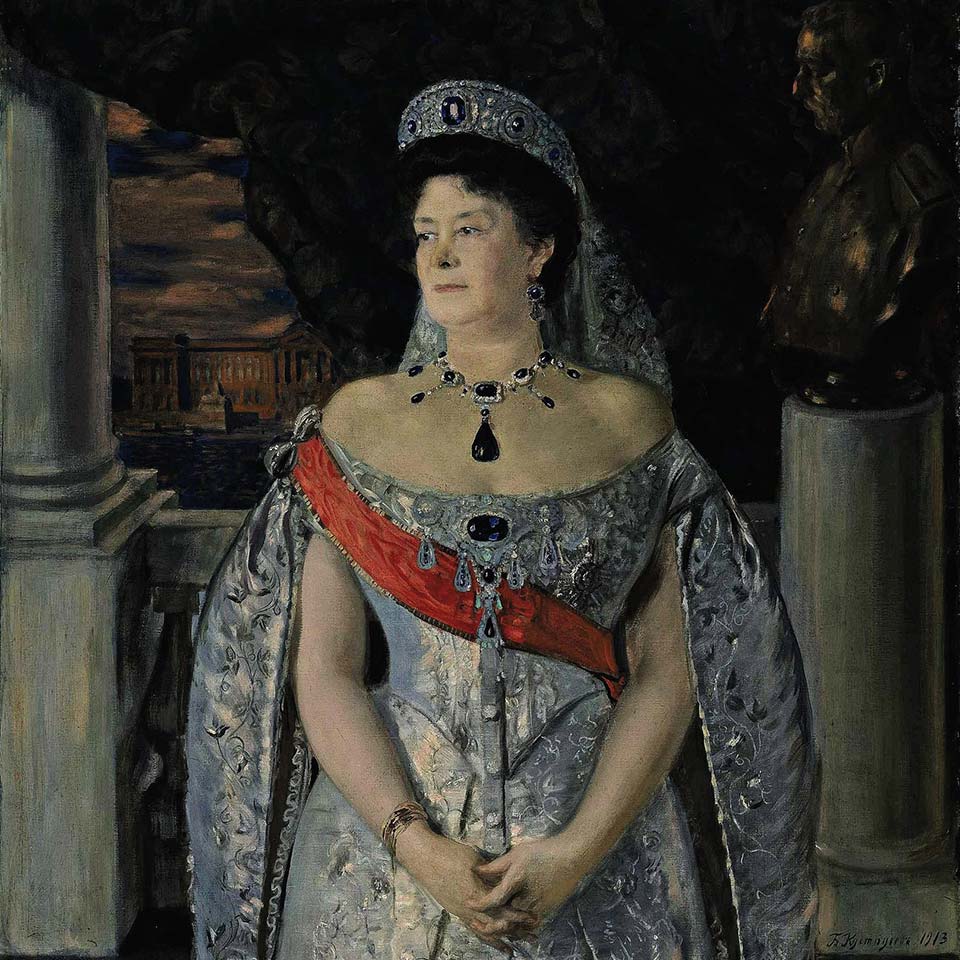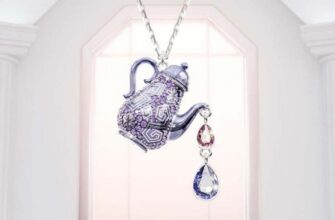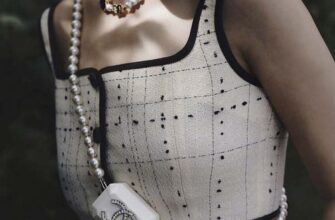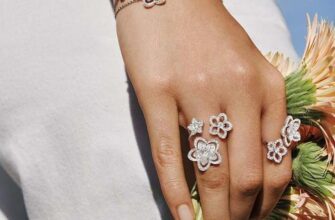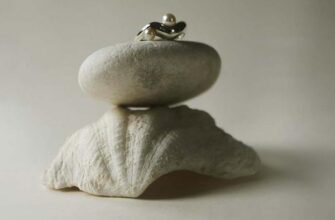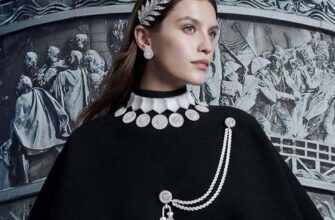At the Sotheby's auction, sapphire jewelry of Princess Maria Pavlovna Romanova will be sold, the story of whose salvation is filled with drama, worthy of a film adaptation. Of particular value is not only the tragic story, but also the exceptional qualities and characteristic features of jewelry with the hallmark of the Bolin jewelry company: for example, the incredibly deep color of Sri Lankan sapphire, weighing more than 26 carats, in the center of the brooch or different carats of stones in earrings (6,69 and 9,36 , XNUMX carats respectively), almost invisible due to the perfect cut.
It is known that the jewelry, the cost of which is preliminary estimated from 300 to 500 thousand dollars, was part of a sapphire parure, which also included the legendary sapphire tiara.
While the entire jewelry world is holding its breath, awaiting the completion of the auction, we invite you to get acquainted with the history of the tiara, the fate of which, unfortunately, little is known, as well as with the forever gone jewelry of the Romanovs. Julia, a researcher of the Romanov dynasty and the author of the popular Instagram channel dedicated to the royal family, shared valuable information about the royal jewelry.

Sapphire tiara
The history of this tiara is more concerned with the Grand Duchess Maria Pavlovna, the very owner of the Vladimir tiara. And they often remember this straight detective story. But on that day, when in revolutionary Petrograd, an English diplomat secretly took out the grand duchess's jewels for transfer to her, in his luggage was not only the Vladimir tiara, but also the Sapphire tiara.
Its origins go back to the Empress Alexandra Feodorovna. There are two versions: either this Sapphire tiara is the empress's tiara, which was presented to her by Nicholas I in 1825, or sapphires belonging to Alexandra were inserted into this tiara. One way or another, after a while the decoration (or just stones) went to the Grand Duke Vladimir Alexandrovich. And the tiara was worn by Maria Pavlovna, or, as she was called at court, Aunt Mikhen.
It was a large kokoshnik made of sapphires and diamonds, which was worn together with detachable pendants. At the end of the XNUMXth century, Maria Pavlovna had a whole set: a tiara, earrings, a necklace and a brooch. Finding herself in Europe without money, the Grand Duchess asked the British diplomat Albert Stopford to bring her jewelry, hidden in one of the palace caches, which he succeeded. If the Vladimir tiara was inherited by the daughter, then the Sapphire tiara were forced to sell to the Romanian queen Maria.
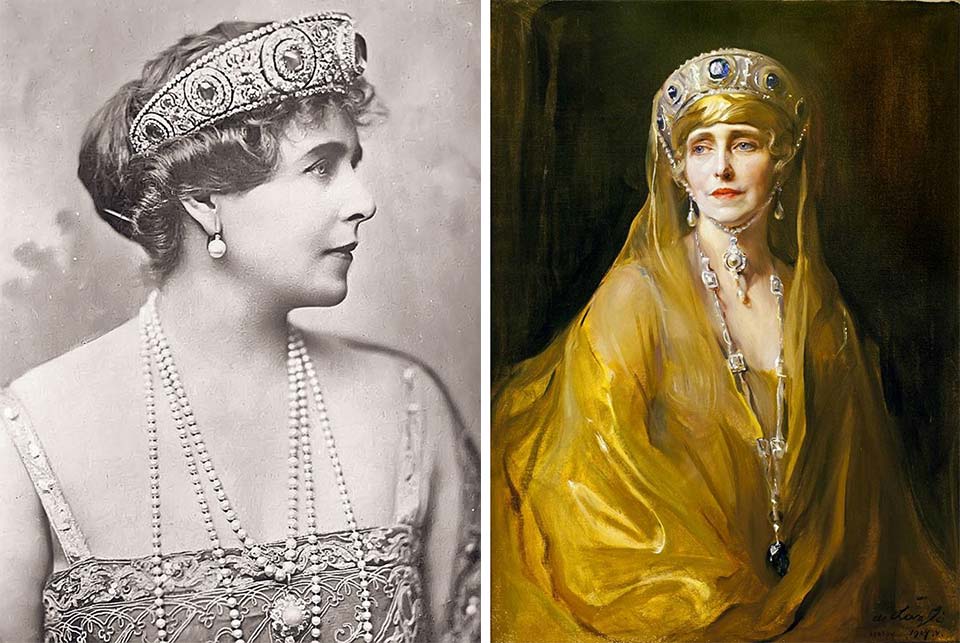
Queen Maria was the granddaughter of Emperor Alexander II and was the daughter of Grand Duchess Maria Alexandrovna. In history, she is known as the last queen of Romania. The Queen was very fond of this tiara and was often depicted in it. Later, the youngest daughter of Maria Ileana, who received it as a dowry, became the owner of the jewelry. As a child, Ileana liked to spend time with the heir Alexei Nikolaevich during the mutual trips of families. One can assume that she could have become his wife, if not for the tragic events ... The trace of the Sapphire Tiara is lost in 1950, when the exiled Romanian princess with her mother had to sell it at an auction in the USA.
The forever gone jewels of the Romanovs
In February 1920, the Gokhran was created - to "centralize, store and record all values belonging to the RSFSR." Even before the Revolution, several chests were hidden in the basements of the Armory. In order to improve the economy and finance the world revolution, the government began to sell "jewelry of no importance" to Europe. By 1935, out of 773 Faberge Easter eggs, only 204 remained.
Most often, the jewelry was broken - this way it was possible to sell the stones more profitably. Sometimes they were sold in bulk. There is a known case when a European jeweler bought almost 10 kg of jewelry, each of which was later sold at several times more expensive. Because of this, only a part of the family jewels can be seen somewhere. Most of them were either broken before being sold, or sold to those who never appear in them.

- Large diamond diadem of Alexandra Feodorovna. It was created in the 1830s for the wife of Nicholas I, but her other Alexandra Feodorovna made her famous. She appeared in it at the opening of the First State Duma. Made in the form of a kokoshnik with 113 pearls and dozens of diamonds, the diadem was sold at an auction in the late 1920s.
- The sapphire diadem of Maria Feodorovna was created for the wife of Paul I. The adornment was made in the classicism technique with diamonds and 5 large sapphires, one of which weighed 70 carats. The jewelry was also sold for scrap.
- The "Spike" diamond diadem was again created for Maria Feodorovna by the Duval firm. Made in the form of ears of rye and bay leaves, it reappeared in the 1980s as a replica of Russian Field. But the original was lost forever after Christie's auction in 1927.
- Emerald tiara of Alexandra Feodorovna by Bolin. The main treasure of this tiara, created in 1900, was a 23-carat Colombian emerald. The elements of the tiara were removable. And again, in the 20s, traces of the tiara are lost.
- Tiara Kehli. In 1894 a sapphire diadem was created for Alexandra Feodorovna. In addition to the tiara, there was a whole set. Everything was sold together on the same Christie in the 1920s.
